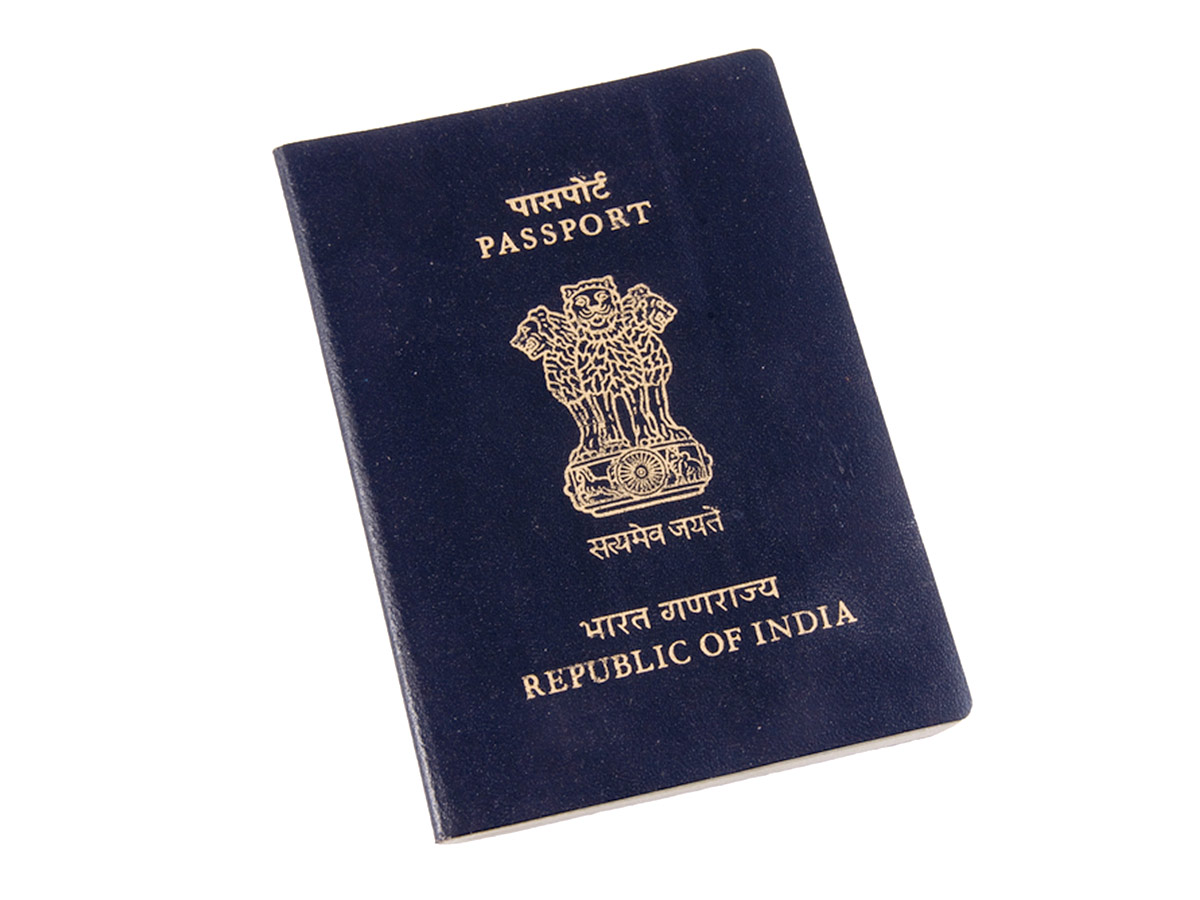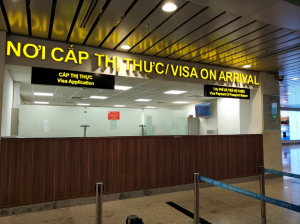


Vietnam has become an increasingly popular travel destination for Indian passport owners. However, one of the key factors that can affect your travel plans is the cost of obtaining a visa. Understanding the different types of Vietnam visas available and the associated charges can help you save money and make your trip hassle-free.
Before we delve into the details of visa charges, it is important to understand the different types of visas available for Indian passport owners traveling to Vietnam. The most common types of visas are the Visa on Arrival and the E-visa.
The Visa on Arrival allows travelers to obtain their visa upon arrival at one of Vietnam’s international airports. It is a convenient option for those who do not have the time or resources to visit the Vietnamese embassy or consulate in their home country. On the other hand, the E-visa is an online visa application system that allows travelers to obtain their visa online before they arrive in Vietnam. It is a straightforward and time-saving option for those who prefer to have their visa ready before they travel.

Vietnam-visa-on-arrival-office-in-da nang
Both the Visa on Arrival and the E-visa have their own pros and cons, which can influence the overall cost of obtaining a visa for Indian passport owners.
The Visa on Arrival is generally more expensive than the E-visa due to the additional service fees charged by the visa agencies. However, it offers the convenience of obtaining the visa upon arrival without having to visit the embassy or consulate. On the other hand, the E-visa is usually cheaper and more convenient for those who prefer to have everything sorted out before they travel. However, it may take longer to process, and travelers need to ensure they meet all the requirements and provide the necessary documents.
Several factors influence the cost of obtaining a visa for Indian passport owners traveling to Vietnam. These include the type of visa, the duration of stay, and the processing time.
The type of visa you choose will determine the base visa fee. The Visa on Arrival may have additional service fees charged by the visa agencies, while the E-visa usually has a fixed fee.
The duration of stay also plays a role in visa charges. Longer stays may incur higher fees, so it’s important to plan your trip accordingly.
Additionally, the processing time can affect the cost. Urgent processing may come with an additional fee, so it’s advisable to apply for your visa well in advance to avoid any unnecessary charges.
For checking Vietnam visa charge for Indian passport owners, please click here https://www.vietnam-evisa.com/calculate-visa-fee/

Checking Vietnam visa fee easily online
While the cost of obtaining a visa for Vietnam may seem daunting, there are several ways to save money and make your trip more affordable. Here are some tips to help you reduce your visa charges:
If you are an Indian passport owner planning a trip to Vietnam, it is important to familiarize yourself with the process of applying for a Vietnam E-visa. This electronic visa allows you to enter and stay in Vietnam for up to 30 days, making it a convenient option for tourists or business travelers. To help you navigate through the application process, here is a step-by-step guide to applying for a Vietnam E-visa for Indians.
Step 1: Visit the website for Vietnam E-visa application https://www.vietnam-evisa.com/apply/ . Make sure you have a reliable internet connection and a scanned copy of your Indian passport’s biographical page + personal photo.

Step 2: Fill out the online application form provided on the website. You will be required to provide personal information such as your full name, date of birth, passport details, and intended date of entry into Vietnam. Double-check all the information entered to avoid any errors.
Step 3: Upload a scanned copy of your Indian passport’s biographical page + personal photo as per the specified format and size requirements. Ensure that the scanned copy is clear and legible.
Step 4: Pay the application fee using the online payment methods provided on the website. Make sure you carefully review all the details before proceeding with the payment.
Step 5: Once your application has been submitted successfully and the payment has been confirmed, you will receive an application reference code. Keep this code safe, as it will be required for tracking your application status.
Step 6: Wait for the processing time, which can take up to 3 working days. During this period, your application will be reviewed by the authorities. You can check the status of your application on the website using the reference code provided earlier.
Step 7: If your application is approved, you will receive an email with your Vietnam E-visa attached as a PDF file. Print out a copy of your E-visa to carry with you during your trip to Vietnam.
It is important to note that the Vietnam E-visa is only valid for entry through certain designated ports of entry. Before traveling, make sure to check the list of eligible entry points to avoid any complications. With this step-by-step guide, applying for a Vietnam E-visa for Indian passport owners should be a straightforward process, ensuring a hassle-free journey to this beautiful Southeast Asian country.
Apart from the visa charges, there are a few other fees and charges to consider for a hassle-free trip to Vietnam. These include:
In conclusion, obtaining a visa for Vietnam as an Indian passport owner may seem overwhelming at first, but with the right knowledge and planning, you can make your trip hassle-free and cost-effective. By understanding the different types of visas, considering the factors that determine visa charges, and following the tips provided, you can save money and ensure a smooth visa application process. Remember to plan your trip in advance, gather all the necessary documents, and explore the available options to make the most of your Vietnam travel experience.